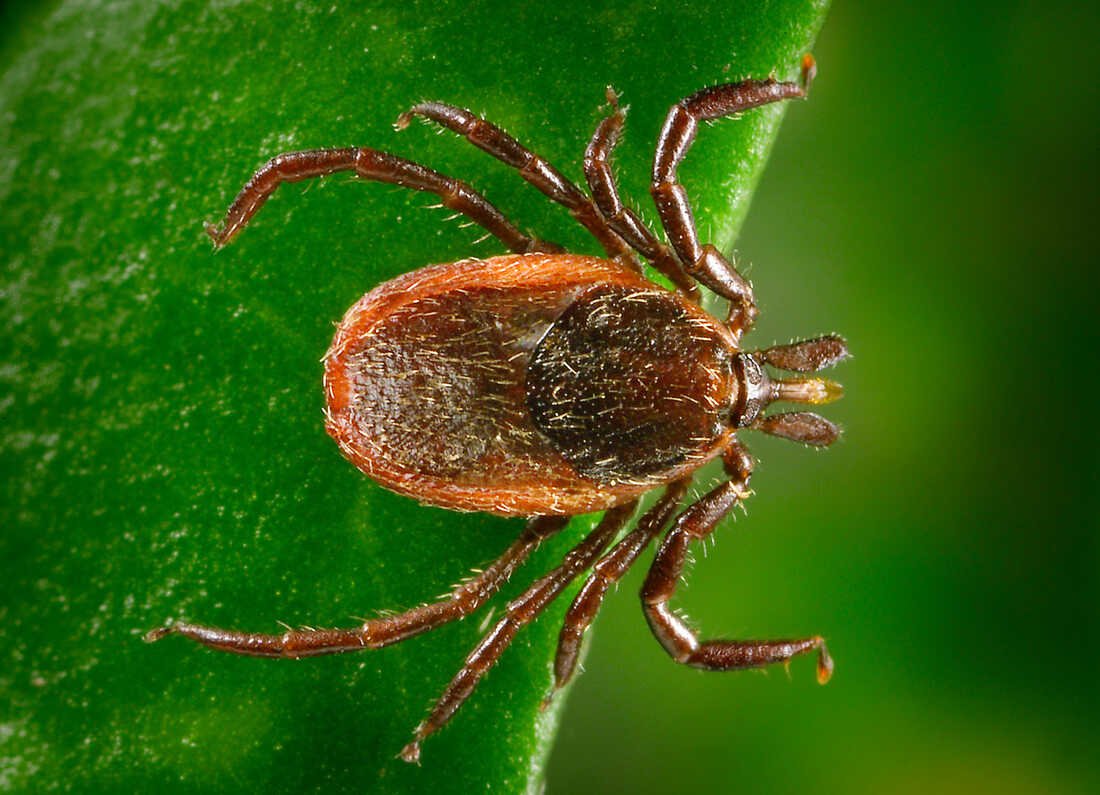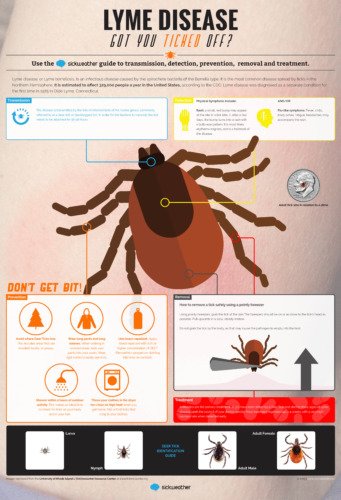
Lyme disease is a complex and potentially debilitating infectious illness caused by the bacterium Borrelia burgdorferi. It is primarily transmitted to humans through the bite of infected black-legged ticks, also known as deer ticks.
Lyme disease is prevalent in certain regions of the world, including North America, Europe, and Asia. Early diagnosis and treatment are crucial to preventing long-term complications.
In this article, we will explore the causes, symptoms, and treatment options for Lyme disease.
Causes
Lyme disease is caused by the bacterium Borrelia burgdorferi, which is primarily found in small mammals, such as mice and deer. Ticks become infected with the bacterium when they feed on these animals.
Read: Novak Djokovic: A Tennis Legend Defying Expectations
Humans can contract the disease when bitten by an infected tick. However, not all tick bites result in Lyme disease. The transmission of the bacterium is more likely to occur if the tick remains attached to the skin for an extended period, usually between 24 to 48 hours.

Symptoms
The symptoms of Lyme disease can vary from person to person and may manifest in stages.
Read: Acer Swift Go 16 Review
In the early stages, which typically occur within three to 30 days following a tick bite, individuals may experience the following:
- Erythema migrans (EM) rash: Often appearing as a bull’s-eye pattern, this expanding rash usually occurs at the site of the tick bite. It is a characteristic feature of Lyme disease and can be accompanied by a warm, red, or bluish discoloration.
- Flu-like symptoms: Fever, chills, fatigue, headache, muscle and joint aches, and swollen lymph nodes may be present.
If left untreated, Lyme disease can progress to the later stages, leading to more severe symptoms, including:
- Neurological symptoms: This may include facial paralysis (Bell’s palsy), severe headaches, meningitis, memory problems, and numbness or weakness in the limbs.
- Joint inflammation: Lyme arthritis can cause swelling, pain, and stiffness in the joints, particularly the knees.
- Heart problems: In rare cases, Lyme disease can affect the heart, leading to an irregular heartbeat or inflammation of the heart muscle.
Treatment
Early detection and treatment are crucial to prevent complications associated with Lyme disease. In most cases, Lyme disease can be successfully treated with antibiotics.
Commonly prescribed antibiotics include doxycycline, amoxicillin, and cefuroxime. The specific antibiotic and duration of treatment depend on the stage of the disease and individual factors. For individuals with early-stage Lyme disease, oral antibiotics are typically prescribed for a period of two to four weeks.
In some cases, when Lyme disease has progressed to the later stages or if symptoms persist, intravenous antibiotics may be required for a more extended period. It is essential to follow the prescribed treatment plan diligently and complete the entire course of antibiotics, even if symptoms improve.
Prevention
Preventing Lyme disease primarily involves reducing exposure to ticks. Here are some preventive measures you can take:
- Wear protective clothing: When spending time in tick-infested areas, wear long-sleeved shirts, long pants tucked into socks, and closed-toe shoes. Light-colored clothing can help spot ticks more easily.
- Use tick repellent: Apply an insect repellent containing DEET or permethrin on exposed skin and clothing. Follow the instructions provided on the product label.
- Perform tick checks: After spending time outdoors, thoroughly check your body for ticks. Pay close attention to areas such as the scalp, underarms, groin, and behind the knees. Promptly remove any ticks you find using fine-tipped tweezers.
- Modify your landscape: Keep your yard clean and well-maintained. Trim grass, remove leaf litter, and create barriers to prevent deer and small mammals from entering your property, as they can carry ticks.
Conclusion
Lyme disease is a potentially serious condition caused by the bacterium Borrelia burgdorferi, primarily transmitted through tick bites.
Early diagnosis and treatment are vital to prevent complications. If you notice any symptoms after a tick bite or spending time in tick-infested areas, seek medical attention promptly.
By taking preventive measures and being cautious in tick-prone regions, you can reduce the risk of contracting Lyme disease and enjoy the outdoors safely.
What's Your Reaction?
One of my friends once said, I am in love with words and a zoned out poser... well, I will keep it the way it has been said! Besides that you can call me a compulsive poet, wanna-be painter and an amateur photographer





